Essensey Chromium Picolinate – 120 caps.
✔️ CHROMIUM IN THE FORM OF CHROMIUM PICOLINATE FROM THE POPULAR AND VALUED BRAND ESSENSEY
✔️ IT IS A TRACE ELEMENT, BUT IT HAS HUGE IMPORTANCE FOR THE HUMAN BODY
✔️ CHROMIUM CONTRIBUTES TO MAINTAINING PROPER MACRONUTRIENT METABOLISM
✔️ CHROMIUM HELPS MAINTAIN PROPER BLOOD GLUCOSE LEVEL
✔️ CHROMIUM PARTICIPATES IN IMPORTANT BIOLOGICAL FUNCTIONS
✔️ EFFICIENT PACKAGING – PROVIDES UP TO 120 PORTIONS
ESSENSEY Chromium Picolinate 200. Dietary supplement in the form of capsules containing 200 µg of chromium in each capsule.
Chromium, a mineral that helps maintain normal blood glucose levels
Chromium is a trace element, but it is of great importance to the human body, it affects the regulation of important biological functions. This mineral component is distributed in tissues in extremely small and varied amounts. In our body, chromium is concentrated in the liver, spleen, soft tissues and bones. In total, the content of chromium in the human body is determined to be less than 6 mg. When it comes to its most important properties, chromium contributes to maintaining the proper metabolism of macronutrients and helps maintain the proper level of glucose in the blood.
Nutritional Value/Nutritional Information: Per 1 caps.
- Chromium: 200 µg
Ingredients: maltodextrin, (glazing agent – hydroxypropyl methylcellulose), anti-caking agent (magnesium salts of fatty acids), chromium picolinate (0.4%).
May contain the unintentional presence of milk derivatives, soy, cereals containing gluten, eggs, peanuts and other nuts.
Recommended intake/preparation method:
Take 1 capsule daily, without chewing, with an appropriate amount of liquid, after a meal.
Dietary supplement.
It cannot be used as a substitute or replacement for a varied diet. Do not exceed the recommended daily intake. The product should not be administered to nursing mothers or pregnant women. Store out of the reach of small children. Store in a dry place, at room temperature up to 25°C. Protect from light.
Chromium as an element of glucose tolerance factor, i.e. the participation of chromium in glucose metabolism
What does this mean? Helping maintain normal blood glucose levels results from the fact that chromium participates in glucose metabolism. It is a component of the glucose tolerance factor (GTF), a biologically active substance produced in the body that influences the regulation of sugar metabolism. Chromium facilitates the binding of insulin to its receptor or enhances the effect of insulin on the catabolism of carbohydrates and lipids.
What does chromium absorption look like?
Chromium absorption estimates, based on metabolic equilibrium studies or urinary excretion from physiological intake, range from 0.4 to 2.5%. There are studies that have found increased urinary excretion of chromium during aerobic exercise. Intense and prolonged resistance exercise may increase chromium absorption, as defined by increased urinary excretion of chromium. However, research is still needed to clarify the extent to which the observed beneficial effects of exercise on glucose and insulin metabolism may be due to improved chromium absorption.
What else do we know about chromium?
Chromium contributes to maintaining proper metabolism of macronutrients, i.e. it plays a role in the metabolism of carbohydrates, cholesterol, fats and proteins and in the formation of fatty acids. According to available scientific sources (e.g. Dróżdż-Afelt et al., 2019), chromium is a component of RNA and potentially participates in stabilizing its structure. Interestingly, the amount of chromium in the human body decreases with age. Available scientific evidence indicates a significant, age-related decrease in the amount of chromium in hair, sweat and urine.
Are you looking for support in maintaining proper blood glucose levels? Reach for Essence Chromium Picolinate, which is chromium in a very convenient capsule form!
Literature:
- Commission Regulation (EU) No 432/2012 of 16 May 2012 establishing a list of permitted health claims made on foods other than those referring to the reduction of disease risk and to children’s development and health.
- Wiąckowski SK, The ABC of Vitamins and Elements, Tower Press, Gdańsk 2004, pp. 122-126.
- Gertig H., Przysławski J., Bromatology. Outline of the science of food and nutrition. PZWL Medical Publishing House, Warsaw 2007, pp. 235-236.
- Dróżdż-Afelt JM, Koim-Puchowsa B., Menka A., Selected trace elements in the human body, KOSMOS Problems of Biological Sciences 2019, vol. 68, no. 3 (324), pp. 503-512.
- Scharf B., Clement CC, Zolla V., Perino G., Yan B. (et al.), Molecular analysis of chromium and cobalt-related toxicity, Scientific Reports, 2014, 4.
- Institute of Medicine (US) Panel on Micronutrients. Dietary Reference Intakes for Vitamin A, Vitamin K, Arsenic, Boron, Chromium, Copper, Iodine, Iron, Manganese, Molybdenum, Nickel, Silicon, Vanadium, and Zinc. Washington (DC): National Academies Press (US); 2001. 6, Chromium. Available from: https://www.ncbi.nlm.nih.gov/books/NBK222329/
- Vincent JB, The Biochemistry of Chromium, The Journal of Nutrition, Volume 130, Issue 4, April 2000, Pages 715-718.


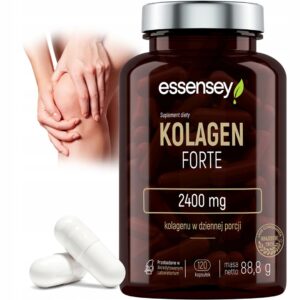


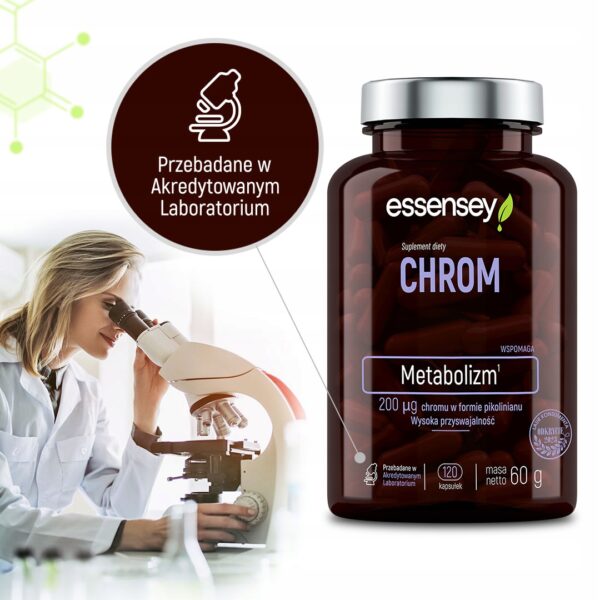

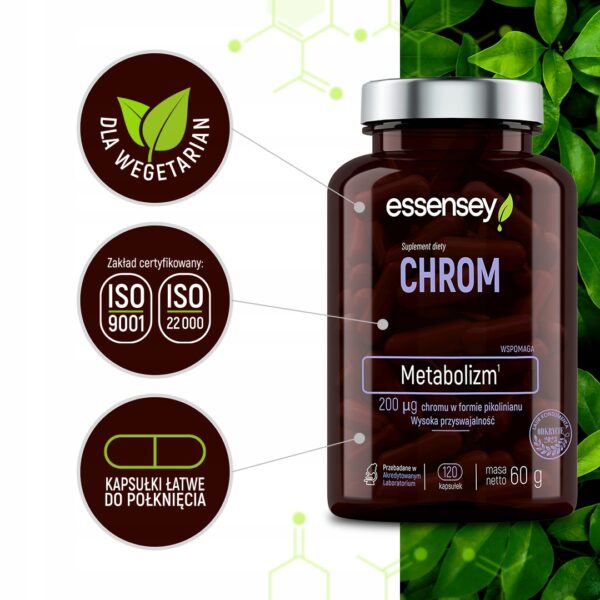

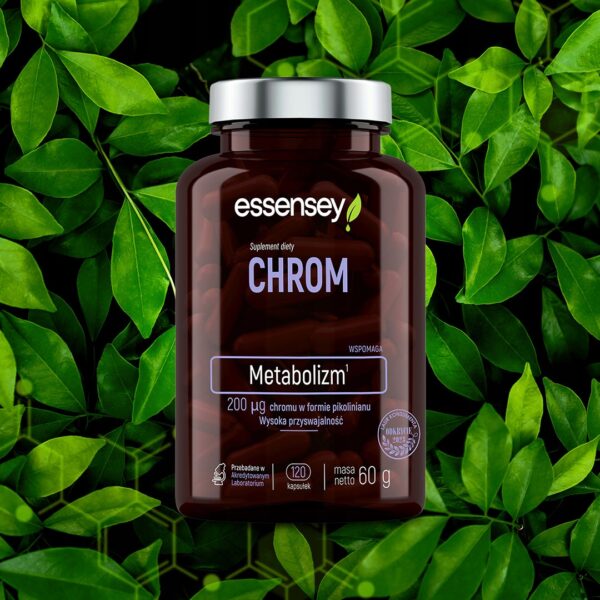



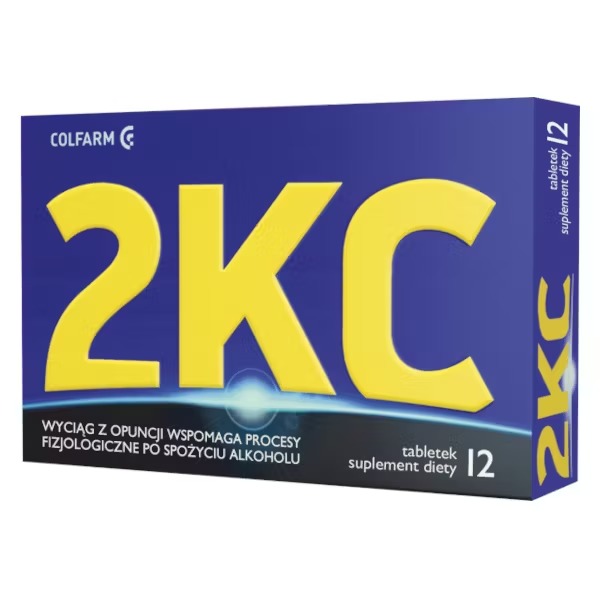





























Reviews
Clear filtersThere are no reviews yet.